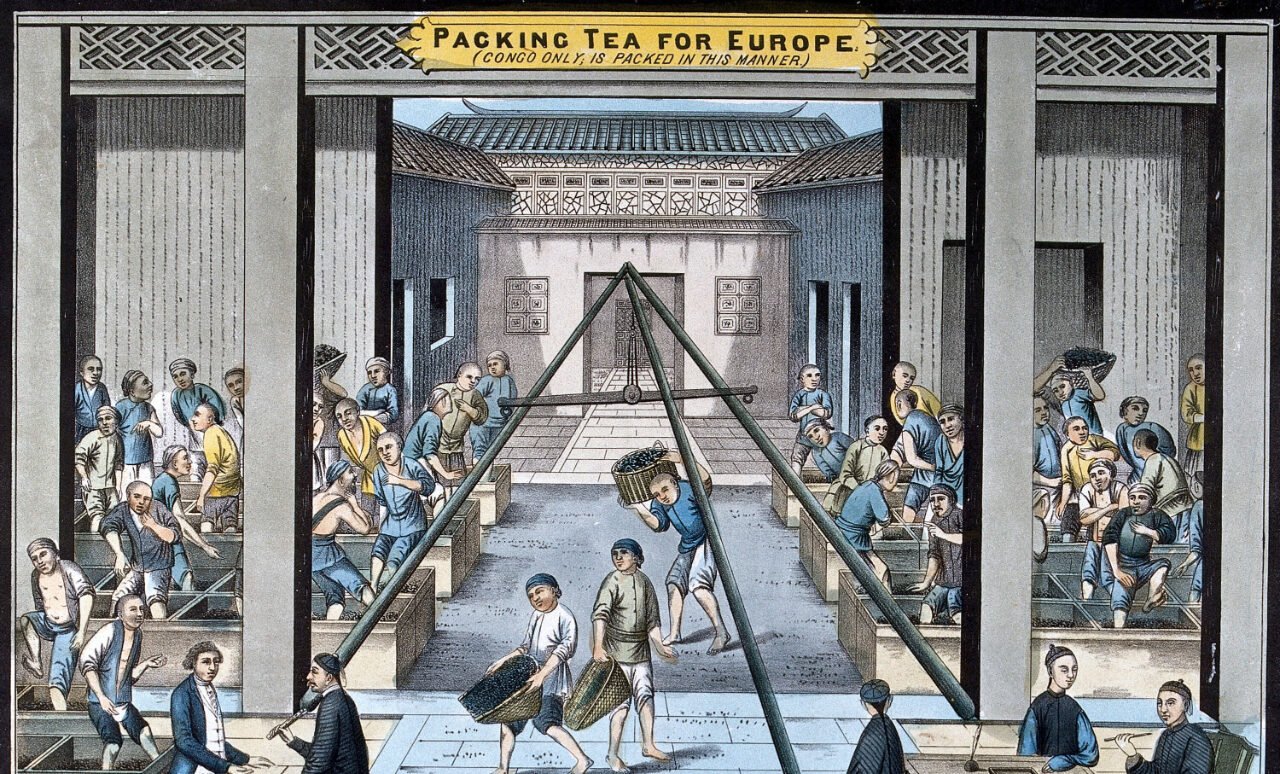Hard Graft: Work, Health and Rights at Wellcome Collection
Hard Graft Exhibition Review
What does it really mean to work?
When we think of labour, we often imagine offices, trades, or factories. But what about the work that remains invisible—the unpaid emotional labour, the back-breaking toil on plantations, or the dangerous jobs on the streets? As we go about our daily lives, it’s easy to overlook the work that underpins our comfort. The Hard Graft: Work, Health and Rights exhibition at the Wellcome Collection serves as a powerful reminder of the physical and emotional toll that such labour takes, much of it unnoticed.
Located on Euston Road in London, the Wellcome Collection is known for blending art, history, and science to provoke thought on the human condition. *Hard Graft*, running from September 2024 to April 2025, does just that. Curated by Cindy Sissokho, the exhibition is divided into three main sections: the plantation, the street, and the home. Through a combination of historical artefacts and contemporary artworks, it explores the connections between work, health, and workers' rights, exposing how certain forms of labour are deeply linked to systemic inequality, poor health outcomes, and exploitation.
One of the exhibition’s most impactful pieces is a new multimedia installation by artist Moi Tran, created in collaboration with the Voice of Domestic Workers. The installation evokes the power of collective action, with sound, movement, and vibrations portraying resistance and joy. It acknowledges the labour of domestic workers, whose work often remains unseen and undervalued. Tran’s piece serves as a celebration of their resilience, reminding us that their hands, which perform physically demanding tasks, are also symbols of care, love, and healing. It highlights the emotional and physical weight of caregiving—work that sustains life but often goes unrecognised.
What makes the Wellcome Collection the perfect venue for this exhibition is its commitment to exploring the intersections of health, society, and humanity. The space itself invites reflection on how work, often performed out of sight, is integral to the functioning of our world. The exhibition aligns perfectly with the Collection’s ethos, urging us to think critically about how invisible labour and the health impacts of such work are closely connected.
The Hard Graft exhibition offers a profound reminder of our shared humanity and the need for compassion. It encourages us to move beyond viewing these workers as "others"—people distant from our own lives—and instead recognise our shared experiences and interdependence. While the work explored in this exhibition may seem far removed from our daily realities, it’s crucial to understand that all labour, whether manual, domestic, or emotional, contributes to the fabric of society.
This exhibition challenges us to reflect on the dignity inherent in every kind of work, whether paid or unpaid, and to see the workers behind it not as separate or inferior, but as equals whose struggles mirror our own in many ways…
Upon leaving the exhibition, I felt both gratitude and discomfort. Gratitude for the lives we live, sustained by unseen labour, and discomfort at how easily we forget those who make it possible. The exhibition effectively conveys its intended message—revealing the deep-rooted inequalities in global labour and how crucial it is to recognise the dignity in all forms of work. It’s a moving and thought-provoking experience that left me reflecting on my own place in a world so reliant on the invisible efforts of others.
— Arts Editor

